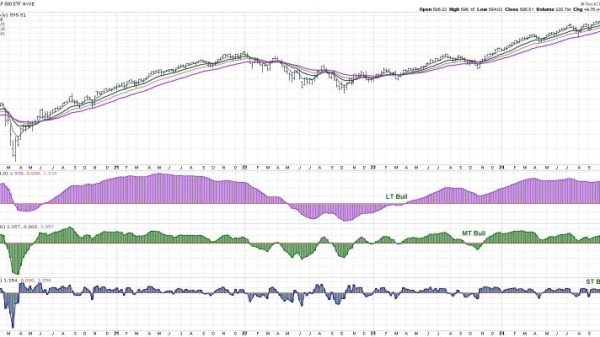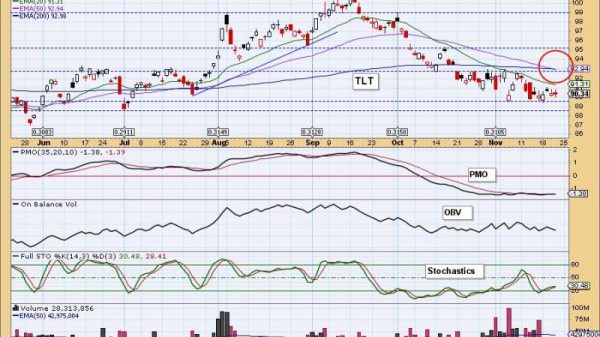Although the unemployment rate has spent 30 months at or below below 4% — a near record — not everyone who wants a job has one. And not everyone even wants a job at all.
Some, referred to as “NEETs,” which stands for “not in employment, education, or training,” are opting out of the labor force largely because they are discouraged by their economic standing.
Others, alternatively, are well-qualified but often younger candidates who are struggling to find positions, comprising a contingent of “new unemployables,” according to a recent report by Korn Ferry.
Among 16- to 24-year-olds, the unemployment rate rose to 9% in May, which is “typical,” according to Alí Bustamante, a labor economist and director of the Worker Power and Economic Security program at the Roosevelt Institute, a liberal think tank based in New York City.
Although the youth unemployment rate fell below 7% in 2023, according to the U.S. Bureau of Labor Statistics, such lows were “emblematic of how hot the labor market was at that point,” Bustamante said.
“9% is basically what we should be expecting during relatively good economic times for younger workers,” he added.
Still, some young adults in the U.S. are neither working nor learning new skills.
In 2023, about 11.2% of young adults ages 15 to 24 in the U.S. were considered as NEETs, according to the International Labour Organization.
In other words, roughly one in 10 young people are “being left out and left behind in many ways,” Bustamante said.
Even though “that’s typically the norm,” he said, “we should be expecting these rates to be lower.”
Young men, especially, are increasingly disengaged, according to Julia Pollak, a labor economist at ZipRecruiter.
“The NEET trend is mostly a male phenomenon,” she said.
Pollak explained that’s in part due to declining opportunities in traditionally male occupations, such as construction and manufacturing, while “women’s enrollment in schooling, education outcomes, and employment outcomes have mostly trended upwards.”
According to Korn Ferry’s report, a “perfect storm” has also created a glut of “new unemployables,” or highly trained workers who struggle to find job opportunities.
“Employers are holding on to the talent they have and increasingly focusing on talent mobility,” said David Ellis, senior vice president for global talent acquisition transformation at Korn Ferry.
This “talent hoarding” has led to fewer available job openings even for well-qualified candidates, he said.
At the same time, firms are scaling back on new hires, limiting the opportunities at the entry level, as well.
While the teen employment rate is the highest it has been in over a decade, early 20-somethings are struggling to find jobs, Pollak said. “It’s the 20- to 24-year-olds that saw a massive drop off in the labor force participation during the pandemic, and who have lagged behind ever since.”
Overall, hiring projections for the class of 2024 fell 5.8% from last year, according to a report from the National Association of Colleges and Employers, or NACE.
As more candidates compete for fewer positions, stretches of unemployment are also lengthening. Now, the number of people unemployed for longer than six months is up 21%, Korn Ferry found.
Despite those trends in the job market, “all is not lost,” Ellis said.
“Don’t wait to reach out,” he advised. Get back in touch with former employers or colleagues through LinkedIn or email and set up informational interviews. After that initial approach, ask for any job leads or contacts.
In the meantime, make yourself more visible by writing about noteworthy topics in the industry and updating your resume to include keywords and so-called “title tags,” which highlight important elements at the top.
Finally, don’t limit yourself to roles that include a promotion or a raise, Ellis also advised. Rather, aim for a “career lattice,” which could entail taking lower position to gain skills that will pay dividends later.





























